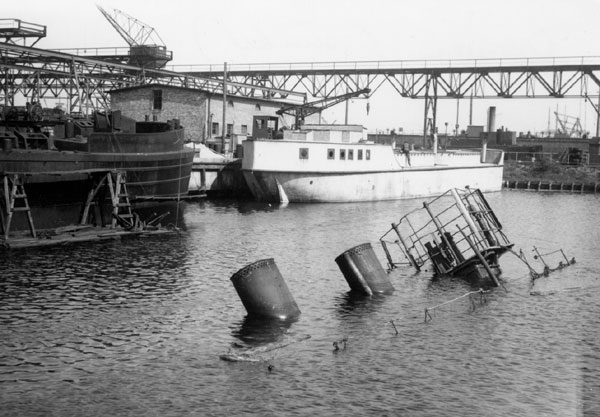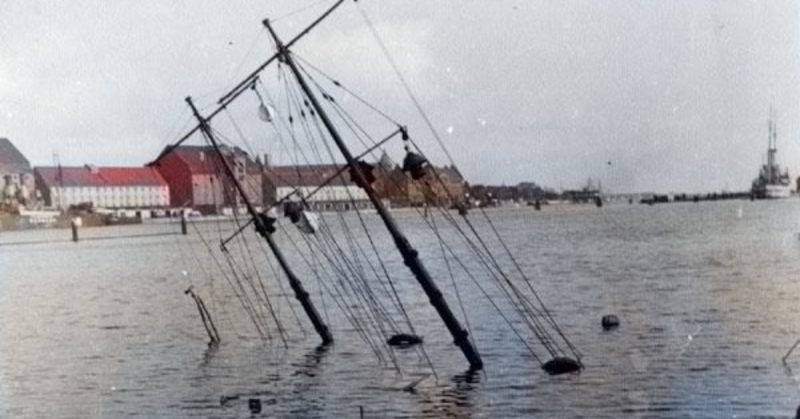It is well known among those who study World War II that Vichy France scuttled its own navy in Toulon on November 27, 1942 as the Germans were approaching the port to seize the fleet.
When the Germans had invaded Vichy France, Vichy Secretary of the Navy defected to join the Free French and his replacement, Admiral Auphan, guessing that Germany wanted the French fleet, ordered that it be scuttled.
However, that was not the only time during World War II in which a nation scuttled its own ships rather than let the enemy seize them. The Danish Navy did the same thing to keep the Germans from capturing Denmark’s fleet.
Occupation of Denmark
In April 1940, Nazi Germany conquered Denmark in only one day. From then on, Denmark was under German occupation. The Danish Army was almost entirely demobilized, but the occupiers allowed Denmark to have 2,200 soldiers supported by 1,100 auxiliary troops.
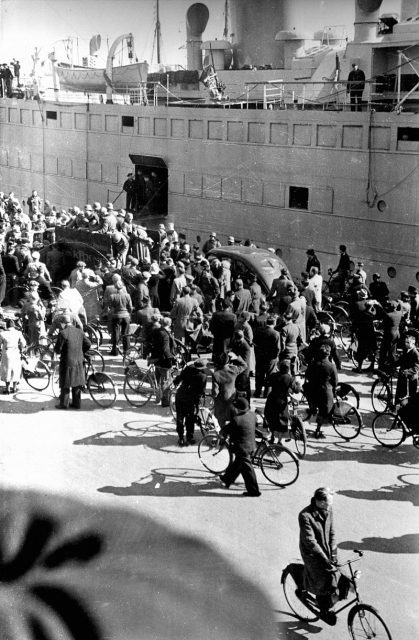
In March 1943, Germany allowed Danish people to vote in a general election. Emboldened by the election and recent German defeats, the Danish people felt strong enough to start strikes against the occupiers that summer.
The Danish government did nothing to stop them. The Germans, knowing that the situation was critical, sent an ultimatum to the government.
They demanded an end to the strikes and the establishment of the death penalty, as well as making some other demands to control the country from Berlin.
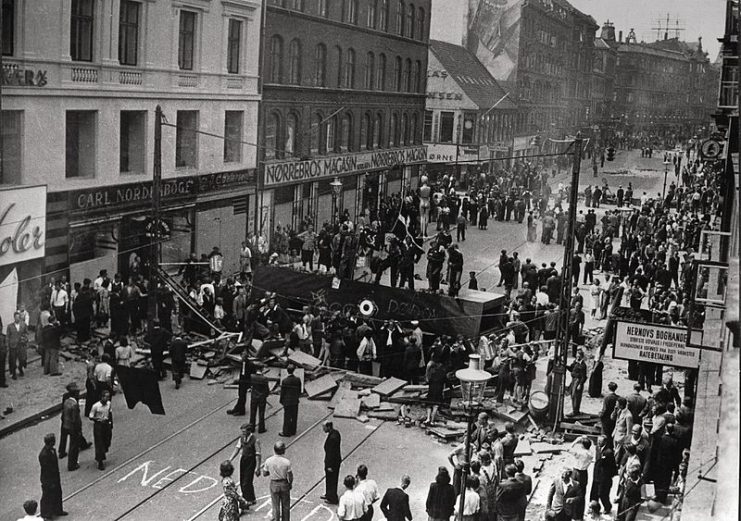
Operation Safari and how Danish scuttled their own Navy
Danish authorities refused the ultimatum. In the early hours of August 29, German military authorities took over the country again. At that moment, the occupiers prepared Operation Safari to disarm the Danish Armed Forces.
Having guessed an operation like that would occur, the Danish Navy had instructed its officers not to give up their vessels to the attackers.
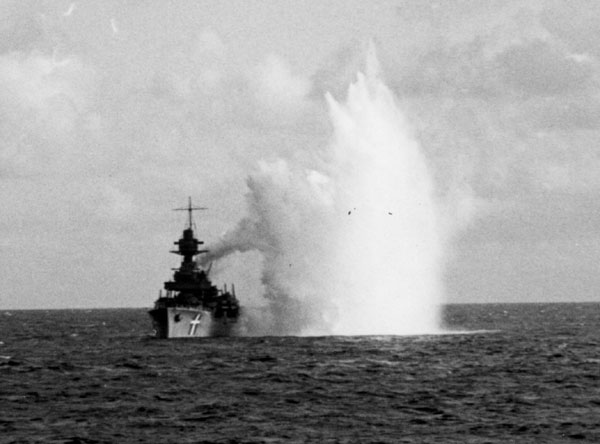
At 4 a.m., the German military attacked the Danish naval base at the Royal Dockyard in Copenhagen. Escaping with their ships intact was impossible for the Danish sailors, as the attackers controlled the only exit of the base.
Therefore, at 4:08 a.m., a signal was sent to all units that ordered Danish officers to scuttle their vessels.
The Danish Navy had 55 ships before 4 a.m. on August 29th. This was the end result of the signal sent:
- 32 vessels were scuttled.
- 4 vessels reached Sweden.
- 2 vessels reached Greenland.
- 14 vessels were taken undamaged by the Germans.
As a result of this event, 4,600 members of the Danish military were detained. This action was not as decisive as the one that happened in Toulon, but the Danish had made their message clear: They were not Nazi collaborators.
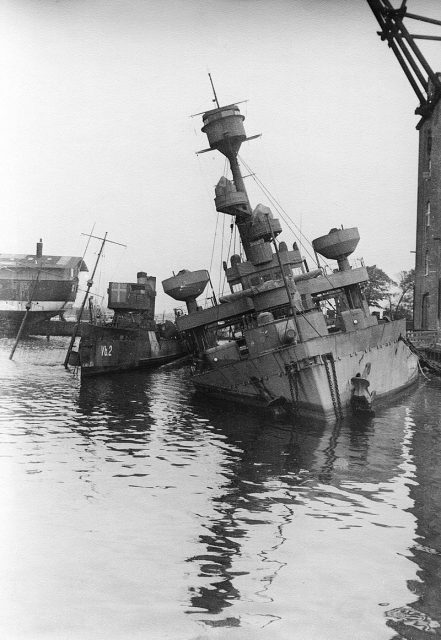
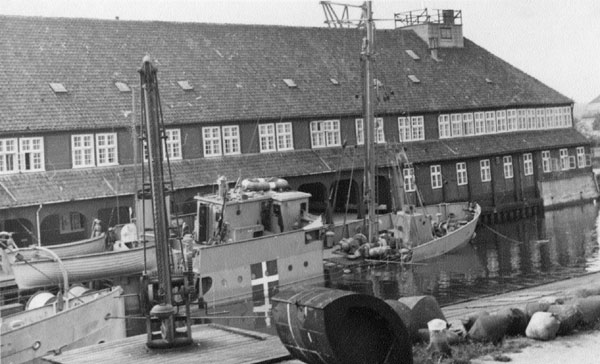
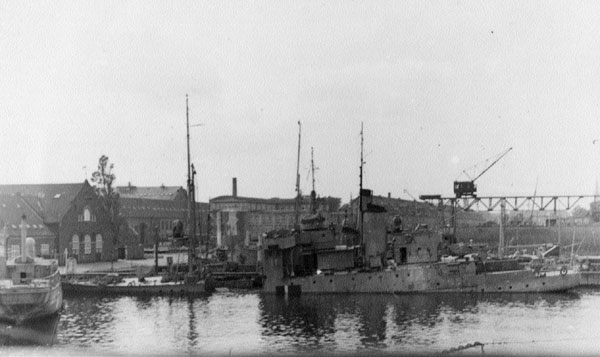
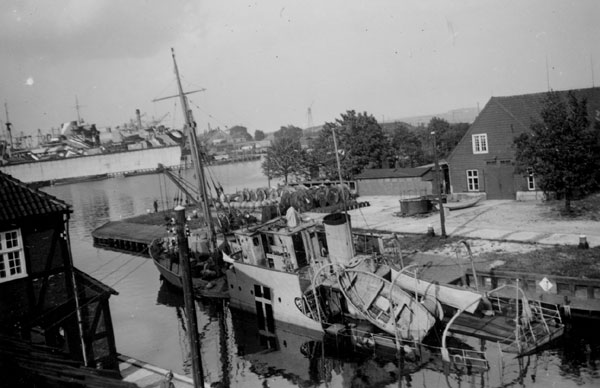
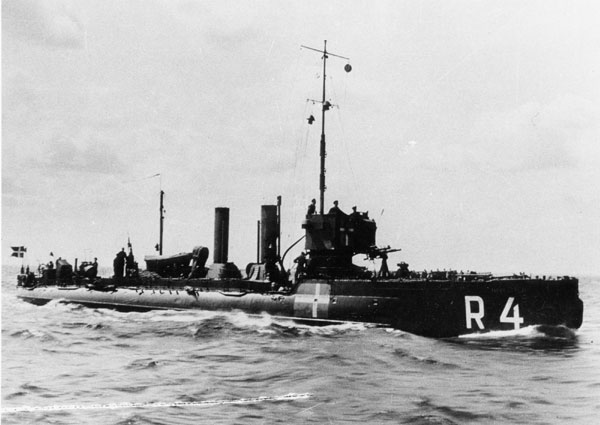
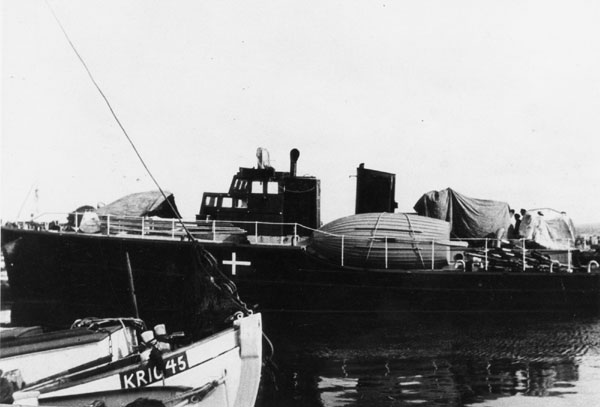
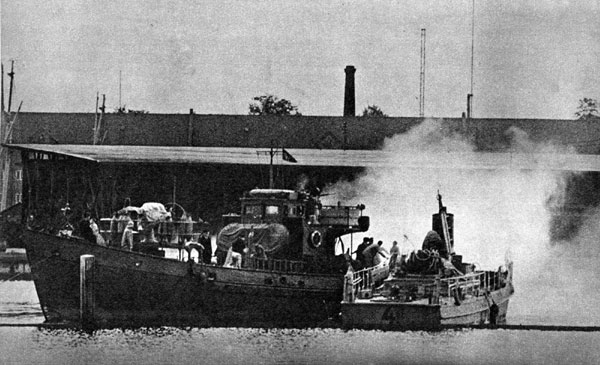
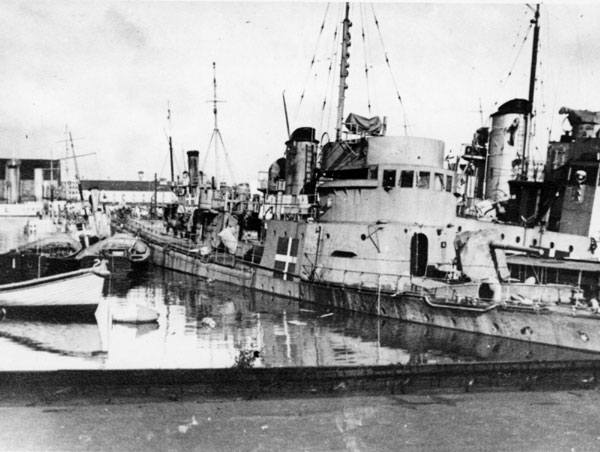
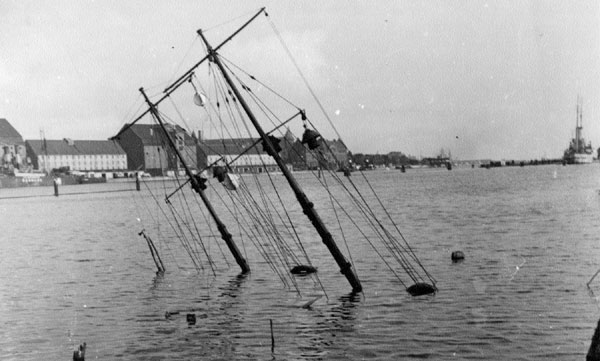
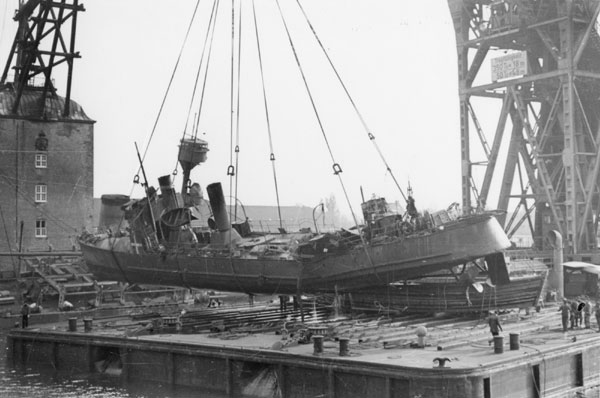
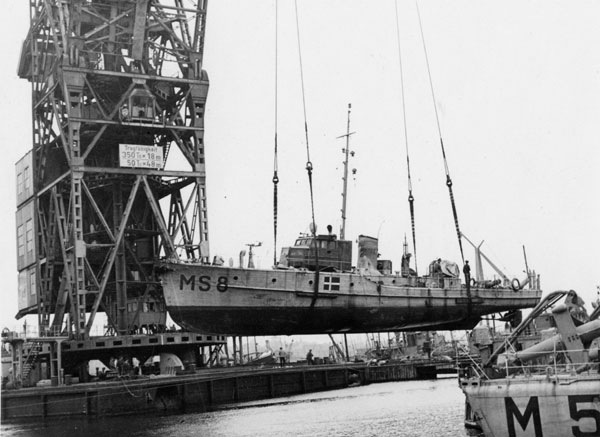
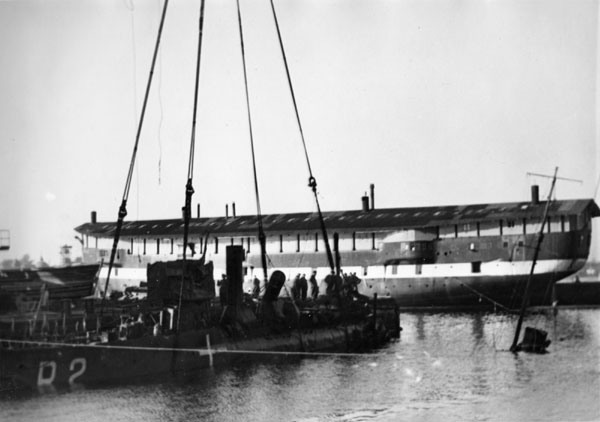
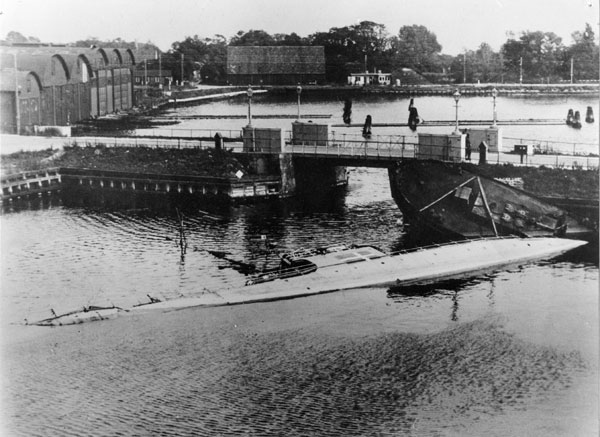
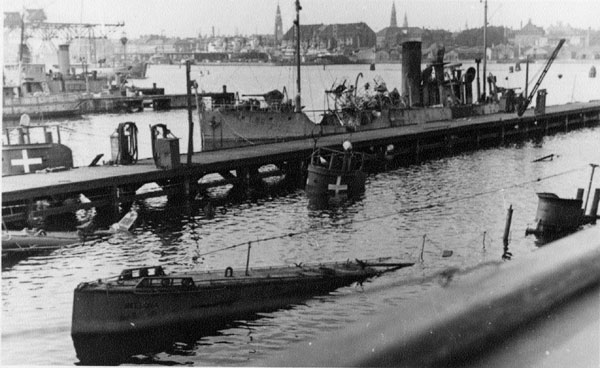
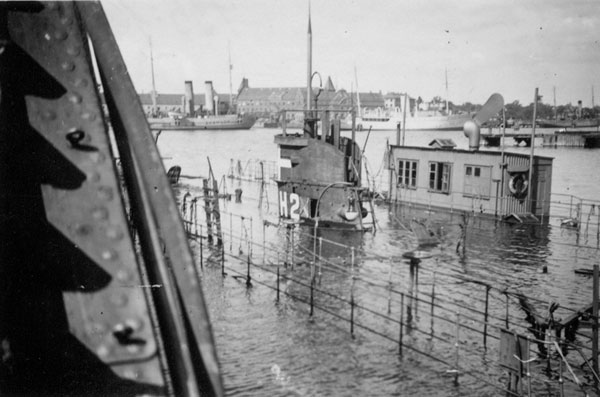
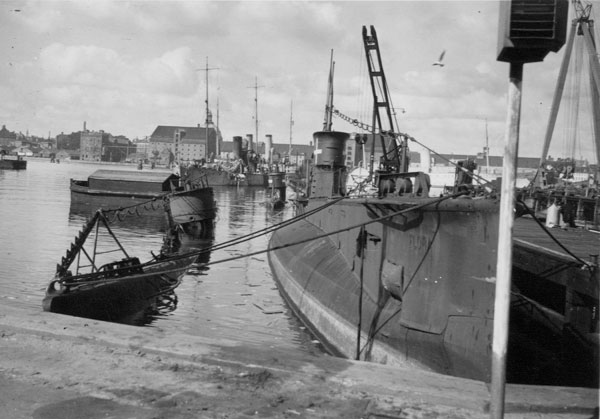
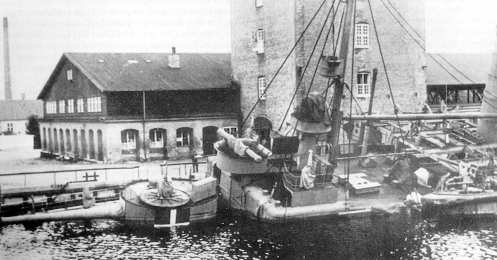
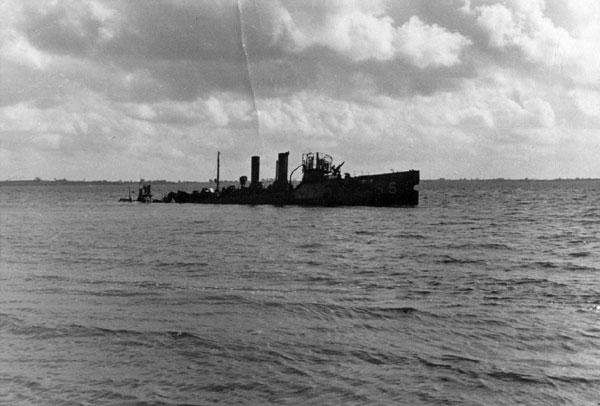
Read another story from us: The Embarrassing British Attack on the Port of Dakar: Operation Menace
